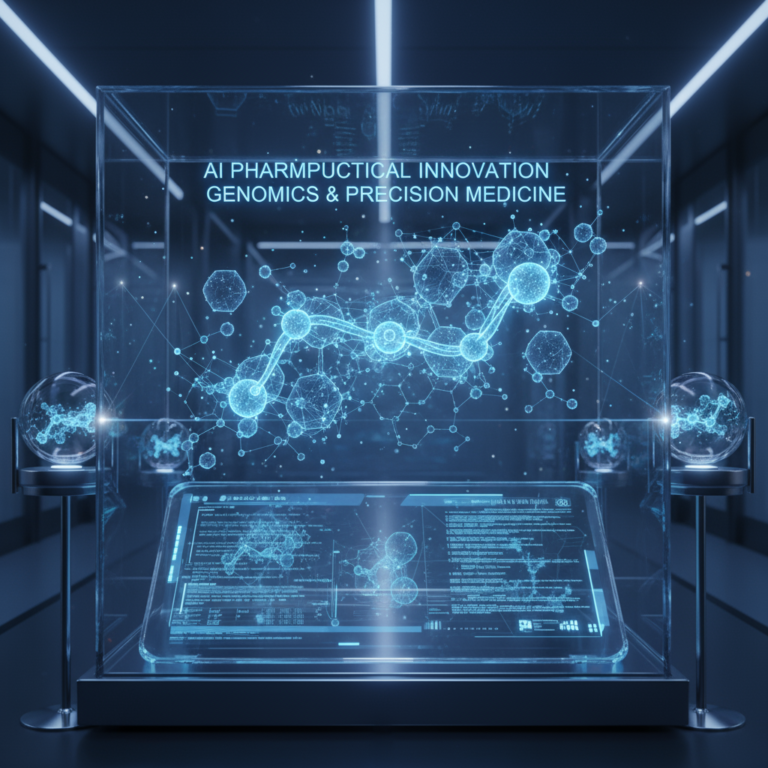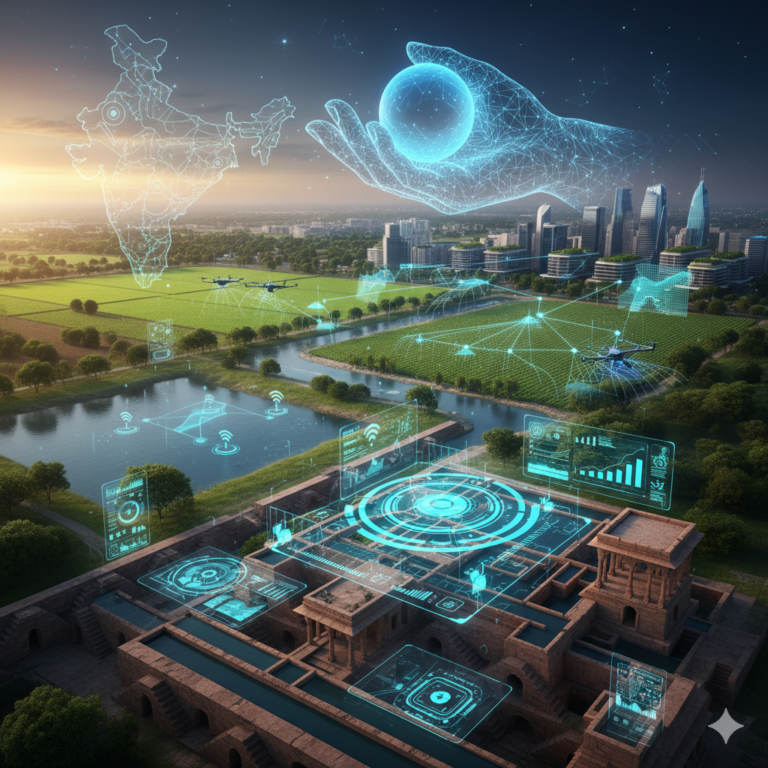Every year, millions of lives are affected by road traffic accidents across the globe. Despite advancements in infrastructure and vehicle design, road safety remains a major public health issue. According to the World Health Organization (WHO), approximately 1.3 million people die in road crashes each year, and 20 to 50 million more suffer non-fatal injuries. To address this persistent problem, the integration of smart technologies, especially smart sensors, has emerged as a game-changing solution.
Smart sensors are becoming vital components in transportation systems. From detecting pedestrian movements to monitoring driver fatigue and environmental hazards, these sensors collect and process data in real time to prevent accidents and improve traffic efficiency. In this blog, we explore the cutting-edge role of smart sensors in enhancing road safety, supported by research, real-world applications, and future trends.
Understanding Smart Sensors: The Basics

Smart sensors are devices that not only sense physical input (like light, temperature, speed, or motion) but also process that data using embedded microprocessors. Unlike traditional sensors, smart sensors can interpret data and communicate it to a control system or network. This makes them incredibly powerful tools in real-time decision-making environments like roads and highways.
Key Features:
- Real-time data processing
- Connectivity (IoT-enabled)
- Automated alerts and response triggers
- Integration with AI and cloud platforms
Smart Sensors in Vehicles: Making Drivers Safer
Modern vehicles are becoming smarter with advanced driver assistance systems (ADAS) that rely heavily on smart sensors. These systems help prevent accidents by assisting the driver or taking control in hazardous situations.
Common In-Vehicle Smart Sensors:
- Radar Sensors for adaptive cruise control and collision avoidance
- Lidar Sensors for 3D mapping and object detection
- Infrared Sensors for night vision and pedestrian detection
- Gyroscopic and Accelerometer Sensors for vehicle stability
ADAS Features Powered by Smart Sensors:
- Lane-keeping assist
- Blind-spot detection
- Emergency braking
- Traffic sign recognition
Case Study: Tesla’s Autopilot system uses a combination of cameras, ultrasonic sensors, and radar to navigate roads semi-autonomously, significantly reducing driver error.
Road Infrastructure with Embedded Sensors
It’s not just the vehicles getting smarter—the roads are, too. Smart infrastructure equipped with embedded sensors enhances the safety and efficiency of the entire transportation system.
Examples of Smart Infrastructure Sensors:
- Pressure Sensors in roadways to monitor traffic flow and weight
- Vibration Sensors on bridges to detect structural integrity
- Environmental Sensors to measure road conditions, such as ice or water
- Inductive Loop Detectors for vehicle presence at intersections
Benefits:
- Timely maintenance of infrastructure
- Dynamic traffic light adjustments
- Weather-responsive road management
- Enhanced data for traffic planning
Smart Pedestrian Crossings and Vulnerable Road Users
Smart technology isn’t just about protecting drivers—it’s also about safeguarding pedestrians, cyclists, and other vulnerable road users (VRUs). Cities are now deploying intelligent pedestrian crossings equipped with motion and thermal sensors.
Technologies in Smart Crosswalks:
- Infrared motion detection
- LED in-road warning lights
- AI-enabled cameras for pedestrian tracking
- Real-time alerts to approaching vehicles
Example: London’s “Smart Crosswalks” use pressure and thermal sensors to detect pedestrians and adjust signal timing dynamically.
Smart Sensors for Traffic Law Enforcement
Speeding and red-light violations are major contributors to accidents. Smart sensors combined with AI are enabling automated and accurate traffic law enforcement.
Key Features:
- License plate recognition
- Speed cameras with radar or lidar
- AI-based behavior analysis
- Real-time violation reporting
Impact:
- Reduction in manual enforcement needs
- Consistent and unbiased law enforcement
- Higher compliance rates with traffic laws
Driver Monitoring Systems (DMS): Fighting Fatigue and Distraction
Driver fatigue and distraction are leading causes of road accidents. Smart sensors can monitor the driver’s behavior in real time and provide alerts or corrective actions.
DMS Technologies:
- Eye-tracking sensors to detect drowsiness
- Facial recognition for focus and mood
- Posture sensors to identify physical strain
Real-World Application: Volvo’s Driver Alert Control uses sensors and cameras to analyze driving patterns and alert fatigued drivers, helping prevent crashes caused by inattention.
Emergency Response and Incident Management
In the event of a road accident, the speed and accuracy of emergency response can save lives. Smart sensors can detect crashes instantly and alert emergency services automatically.
Tech Stack for Emergency Detection:
- Accelerometers detecting sudden impacts
- GPS for precise location tracking
- Networked sensors for automatic incident alerts
- Integration with emergency service dashboards
Example: eCall systems in EU vehicles use sensors to alert rescue services with location and crash details within seconds.
AI and Data Analytics: Making Smart Sensors Smarter
Smart sensors collect vast amounts of data. When integrated with AI and big data analytics, this information can reveal patterns, predict risks, and optimize road safety strategies.
AI Applications in Road Safety:
- Predictive analytics for accident-prone zones
- Dynamic rerouting to avoid congestion and hazards
- Behavior-based insurance using sensor data
- Traffic optimization algorithms
Insight: IBM and other tech giants are working on AI-driven transportation management platforms that use sensor data to reduce road fatalities.
Challenges and Considerations in Deploying Smart Sensors
Despite the promising advantages, implementing smart sensor systems comes with challenges:
- High initial infrastructure costs
- Data privacy and cybersecurity concerns
- Interoperability of different sensor systems
- Maintenance and weather resistance
Governments and city planners must work with private sector innovators to overcome these hurdles through smart regulation, public-private partnerships, and pilot programs.
The Future of Smart Sensors and Road Safety
The future of road safety lies in intelligent, interconnected systems where sensors not only react but predict and prevent. As 5G, AI, and IoT technologies mature, the responsiveness and capabilities of smart transportation systems will reach unprecedented levels.
Emerging Trends:
- V2X (Vehicle-to-Everything) communication
- Autonomous public transportation
- Drone-based road monitoring
- Blockchain for secure data sharing
Conclusion: From Reactive to Proactive Road Safety
Smart sensors are helping transform road safety from a reactive to a proactive discipline. By predicting dangers, adapting to changing conditions, and providing real-time insights, these technologies are saving lives and paving the way for a safer, smarter transportation ecosystem. Whether embedded in roads, vehicles, or urban infrastructure, smart sensors are poised to become the guardians of tomorrow’s roads.
As technology evolves, collaboration between engineers, city planners, lawmakers, and citizens will be crucial in maximizing the benefits of smart sensors for road safety.









+ There are no comments
Add yours